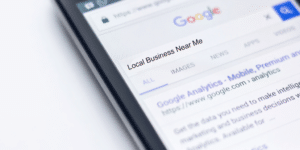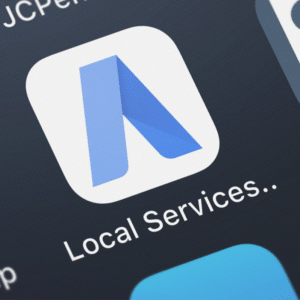
In the early years, AdWords was typically treated as an isolated platform. Marketers didn’t have the means to coordinate and measure their paid search campaigns with other channels. Now they do. As a result, paid search platforms like AdWords — which is now rivaled by Facebook Ads — have become part of a larger, multi-touchpoint sales funnel.
While multi-channel campaigns are far more effective than single-channel efforts, they are also much more complicated. After all, it’s easier to juggle one ball than five, ten, or fifteen at a time. Given this, it’s little surprise that many brands have failed to optimize paid search for multi-channel marketing.
If you’re one of these brands, it’s better late than never to implement these changes. So let’s take a look at how you can tweak your paid search campaigns for a multi-channel marketing landscape.
Build Multi-Channel Infrastructure
Multi-channel marketing depends on personalization. Rather than building a one-size-fits-all sales funnel, multi-channel marketers create dynamic funnels that respond to users’ behaviors. By adapting your approach to each users’ goals and preferences, you reduce friction points in the sales process, while helping users find products/services that best suit their needs.
To do this, you’ll need to structure paid campaigns in an easy-to-segment way. Stop relying on built-in segmentation tools found in platforms like Google AdWords and Analytics. Instead, make increased use of UTM tags to segment clicks on paid ads according to user demographics, behaviors, and preferences.
Segment Your Segments!
A lot of brands will segment their users at the top of the funnel and call it a day. But true segmentation involves breaking down those initial segments into smaller micro-audiences.
Let’s say you manage a network of auto repair centers. You run a paid search campaign targeting users searching for a local repair shop. Now you have a pool of users who you know are looking for auto maintenance or repairs. That doesn’t give you much to go on in terms of personalization.
But let’s say you create further micro-segments based on which service pages they look at on your website. Now you have individual buckets of users with interests like “brake repair,” “oil change,” and “transmission rebuild.” Instead of retargeting these users with generic “auto repair center” ads, you can serve them dynamic ads that are tailored to their preferences.
Personalize the Sales Journey
As you segment users into further micro-segments, you’ll be able to personalize the messaging and sale journey for different users and different touchpoints. Here are a few different strategies that you can employ to do so:
- Tailor your CTAs according to where users are in the sales funnel. “Buy Now!” might be your most effective CTA overall, but for early-funnel users, you might have more success with something like “Learn More!” or “Browse Our Products!”
- Target users in the right places, at the right times. It’s not enough to simply re-target users with paid search. It’s important that you target them at the right time of day, on the right devices, and in spaces where they’re open to re-connecting with your brand.
- Take advantage of programmatic and dynamic technologies. Programmatic and dynamic ads automate a significant chunk of the personalization process. This is a much more time-effective and cost-effective way to personalize paid search and multi-channel campaigns.
- Integrate paid search with other digital channels. Paid search is one of the most cost-effective digital marketing channels, and it can be used to hit multiple sales funnel touchpoints. But it’s only so effective on its own. Complement and enhance your paid search campaigns by hitting other touchpoints via other channels and strategies, like SEO and social media.
Finally, remember that paid search campaigns are a trial and error process. In many cases, initial results are underwhelming, causing brands to abandon their multi-channel efforts prematurely. You must give yourself time to test, measure, and refine these campaigns for them to be effective.


